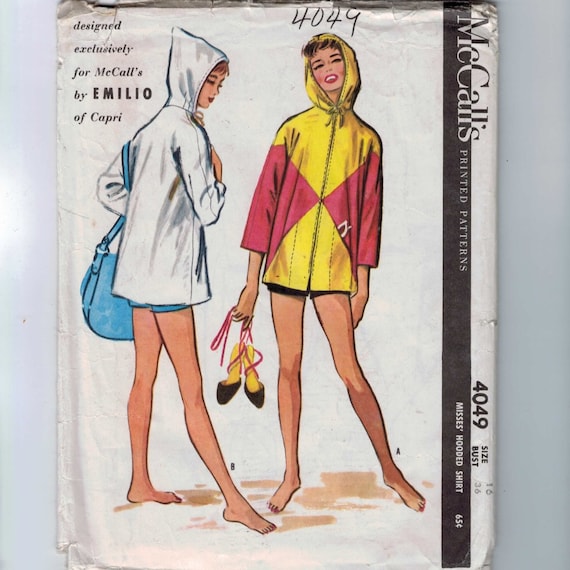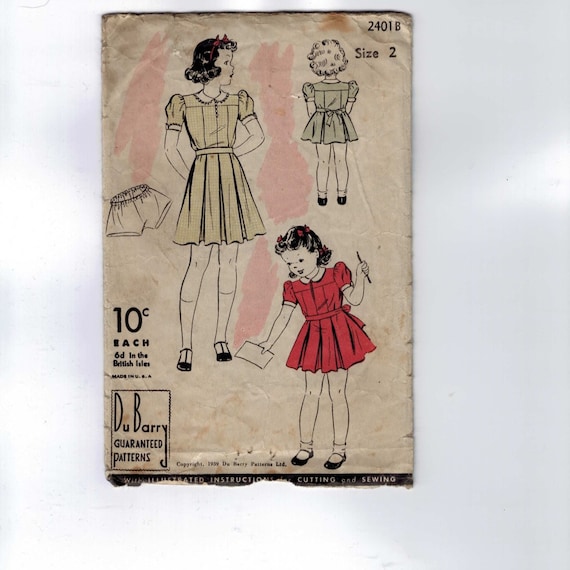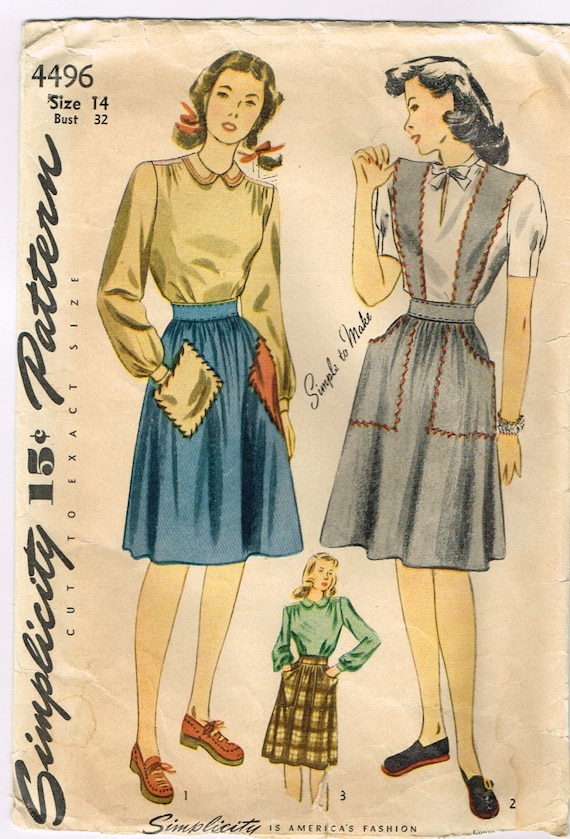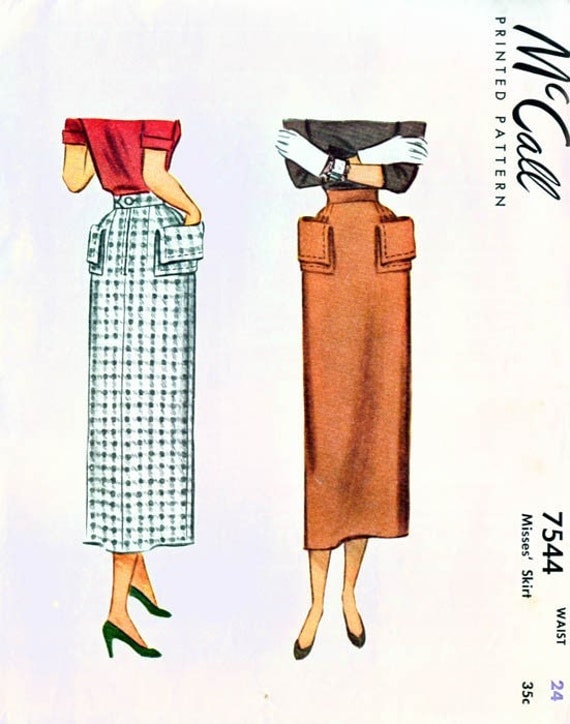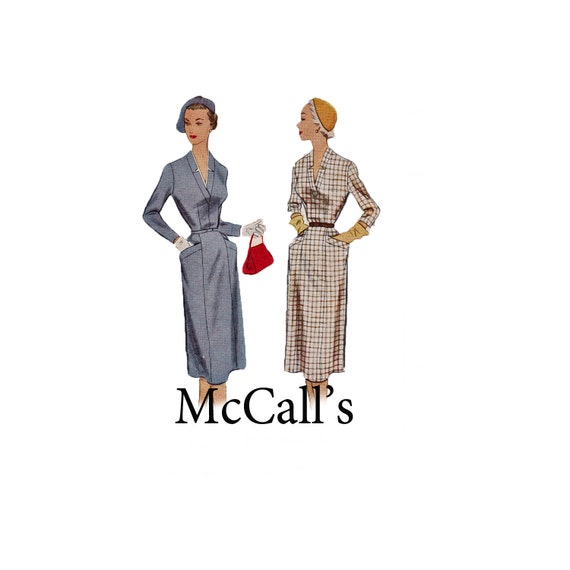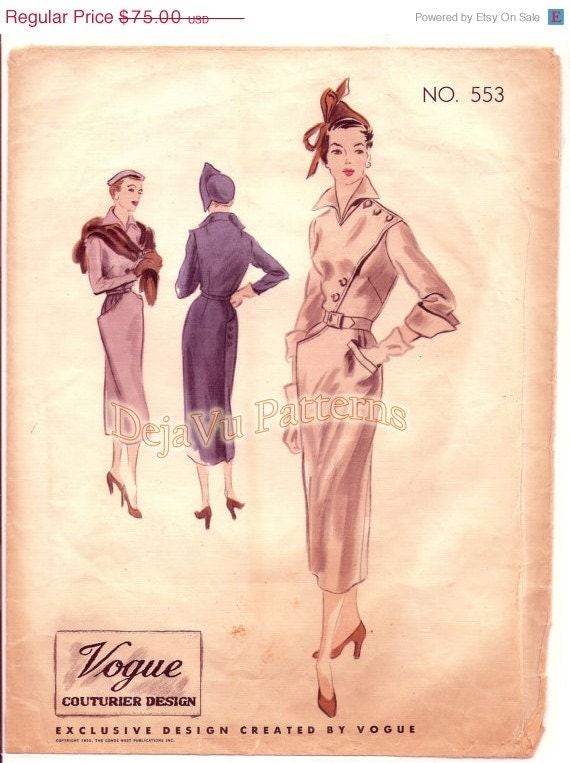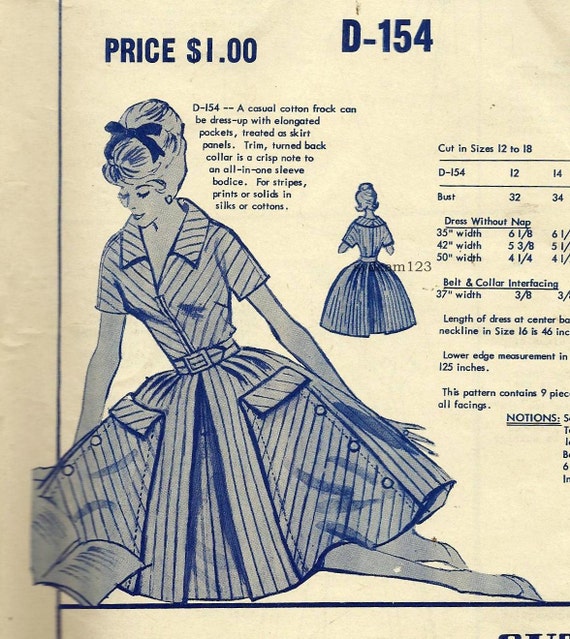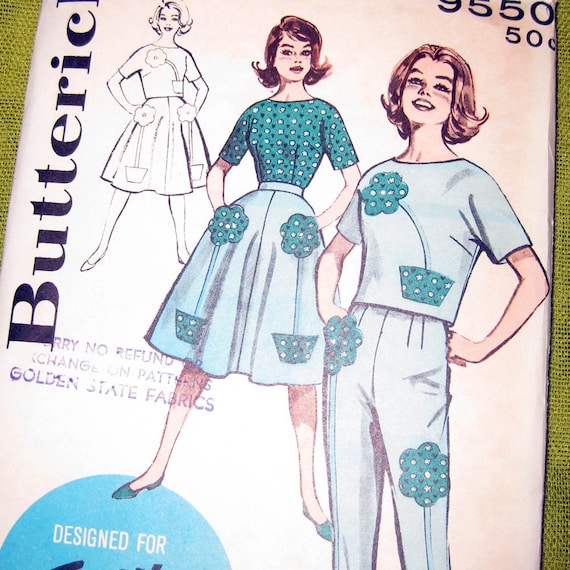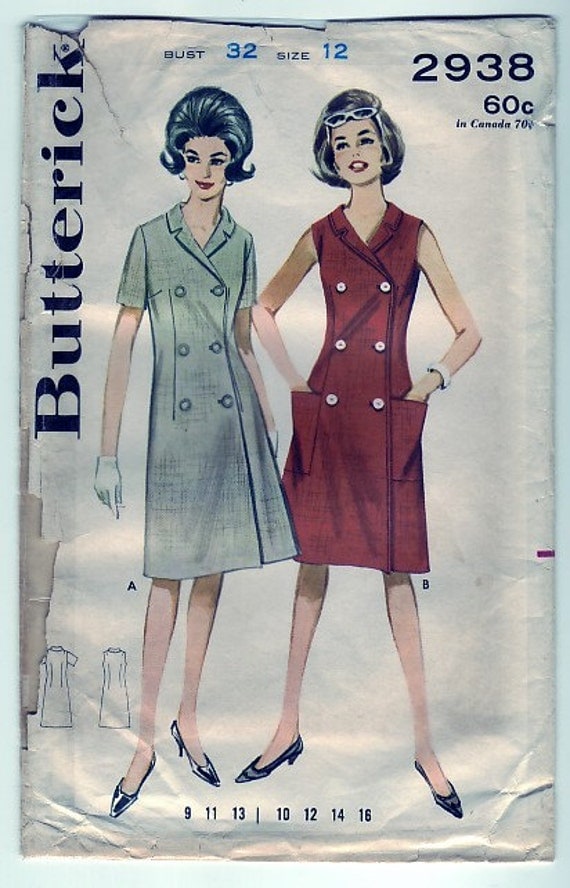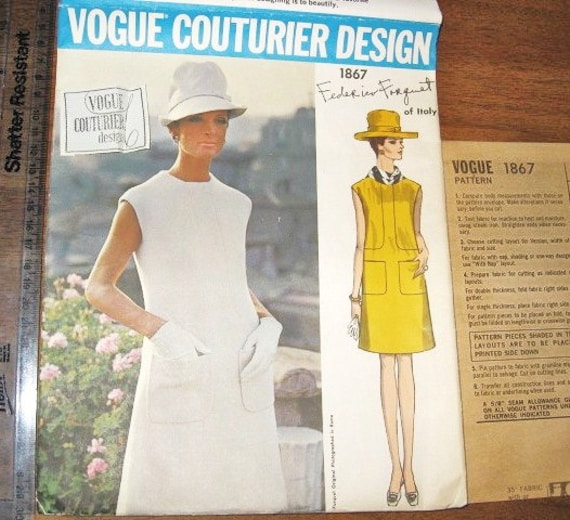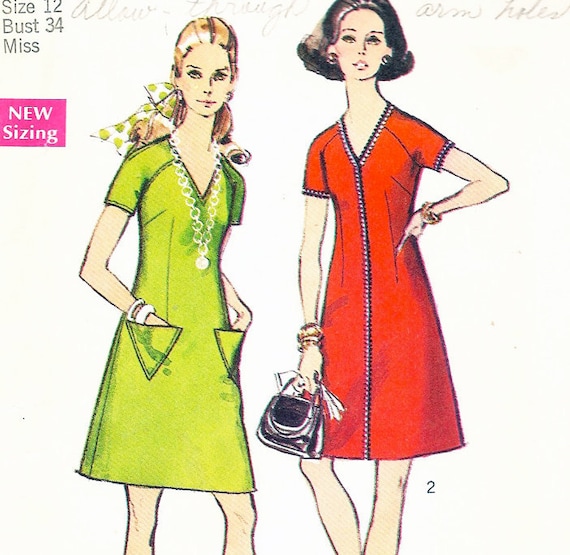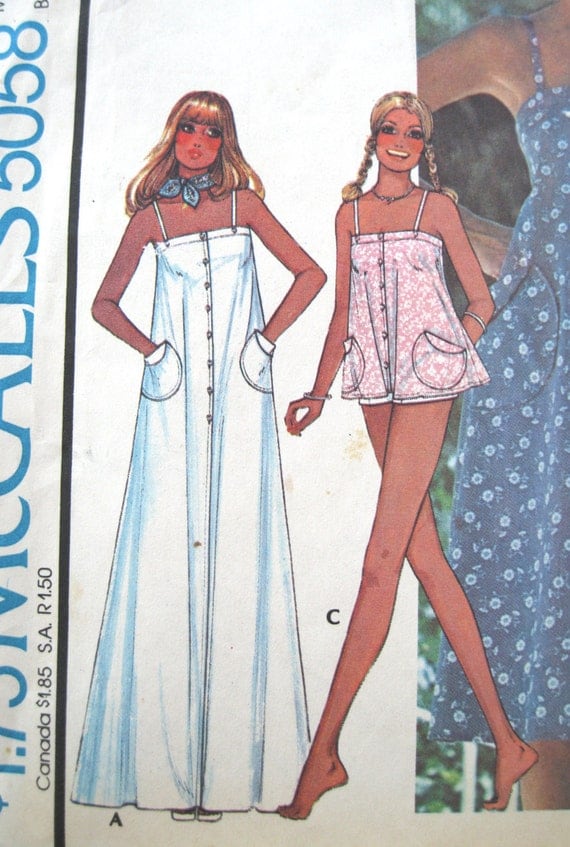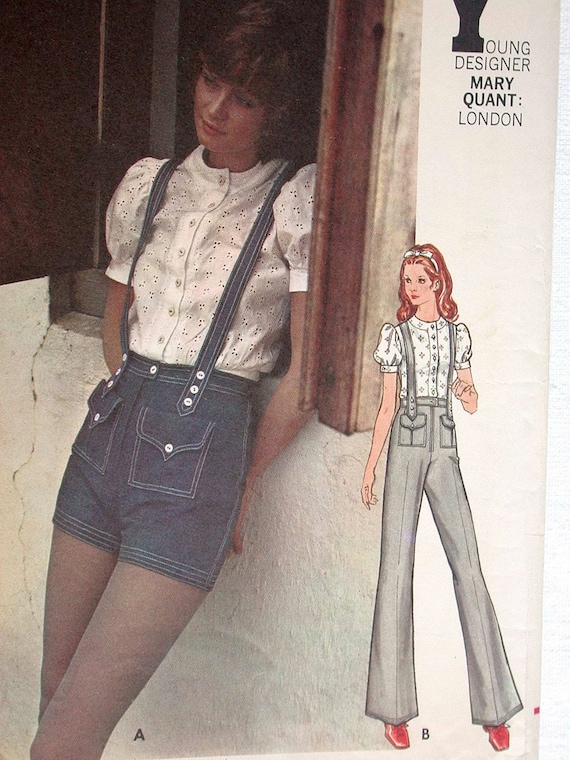Courtesy of RetroMonkeys
Sewing pattern sizes are very differently than Ready to Wear clothing sizes. Many people get confused by all of the variables. Add vintage pattern sizing into the mix and many throw their hands in the air.



The first thing that you need to do is determine your measurements. This is best done with some help. Measuring yourself is usually less accurate than if you have another person measure you.
Make sure to keep a sheet with your measurements and to make changes whenever necessary. This site has a great one: http://caromodello.com/fashion/measurements
Start at your high bust:
To find your high bust, measure under arms and straight across the back. Then wrap to front above your breasts.
Then Measure your full bust by wrapping around the fullest point of your bust.
So, if your high bust is 36 inches and full bust is 38, then your bust size is 36B. The high bust is the measurement that you will use to determine the bust size.
 Next, measure your natural waist. Some can find their waistline easily, some can't. To find it, with the tape measure wrapped around your torso below your bust, bring it down tightening slightly as you go. When the measurement starts increasing, go back to the smallest area - ta da! Your waistline.
Next, measure your natural waist. Some can find their waistline easily, some can't. To find it, with the tape measure wrapped around your torso below your bust, bring it down tightening slightly as you go. When the measurement starts increasing, go back to the smallest area - ta da! Your waistline. Hips. There are several measurements to take when it comes to hips. Hips go from below the waist to your high thighs. Again, if you can have somebody else help you, your measurements will be far more accurate.
See the awesome drawing to the right. (See the original at: caromodello )
Basically the hip measurement that you need is where ever your hips are the largest.
Now to Choose!
Now that you have accurate measurements, it's time to figure out your pattern size(s).
Most of us are not one size top and bottom. So, you are going to use different measurements to determine the required size. If it's a blouse or top you are looking for, the high bust measurement is the one you want to fit. Alterations can be made more easily to other areas.
If it's a pair of pants or skirt, it's those hips! A dress - go with the high bust. Keep the skirt style in mind though! The image below shows the most common body types. Make sure the style you choose is appropriate for your body type. There is a flattering style for each and every one of us.
Most of all, enjoy finding the perfect pattern and making something beautiful.
To find the Perfect Pattern for you, Visit Pattern Patter Team Page on Etsy!




